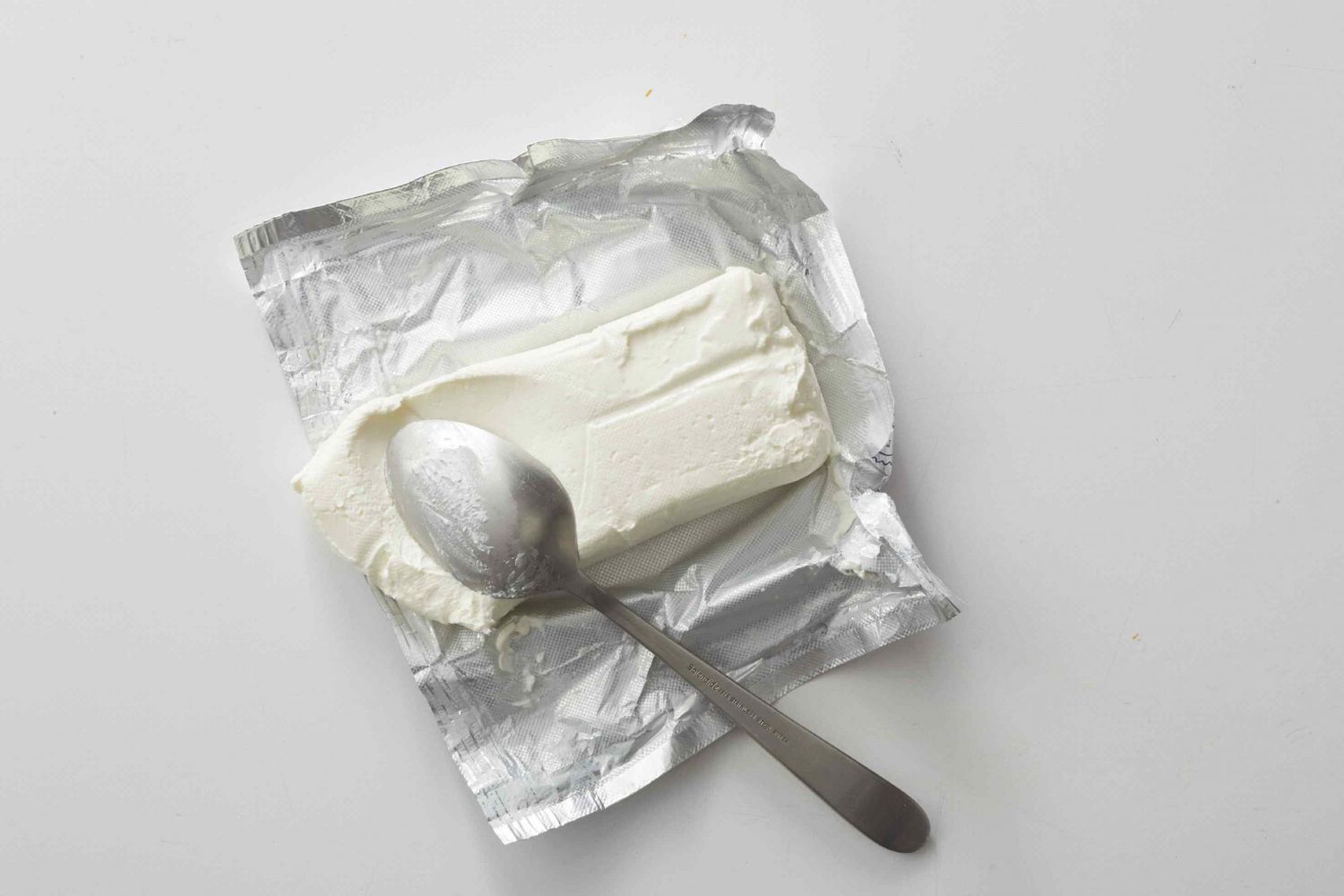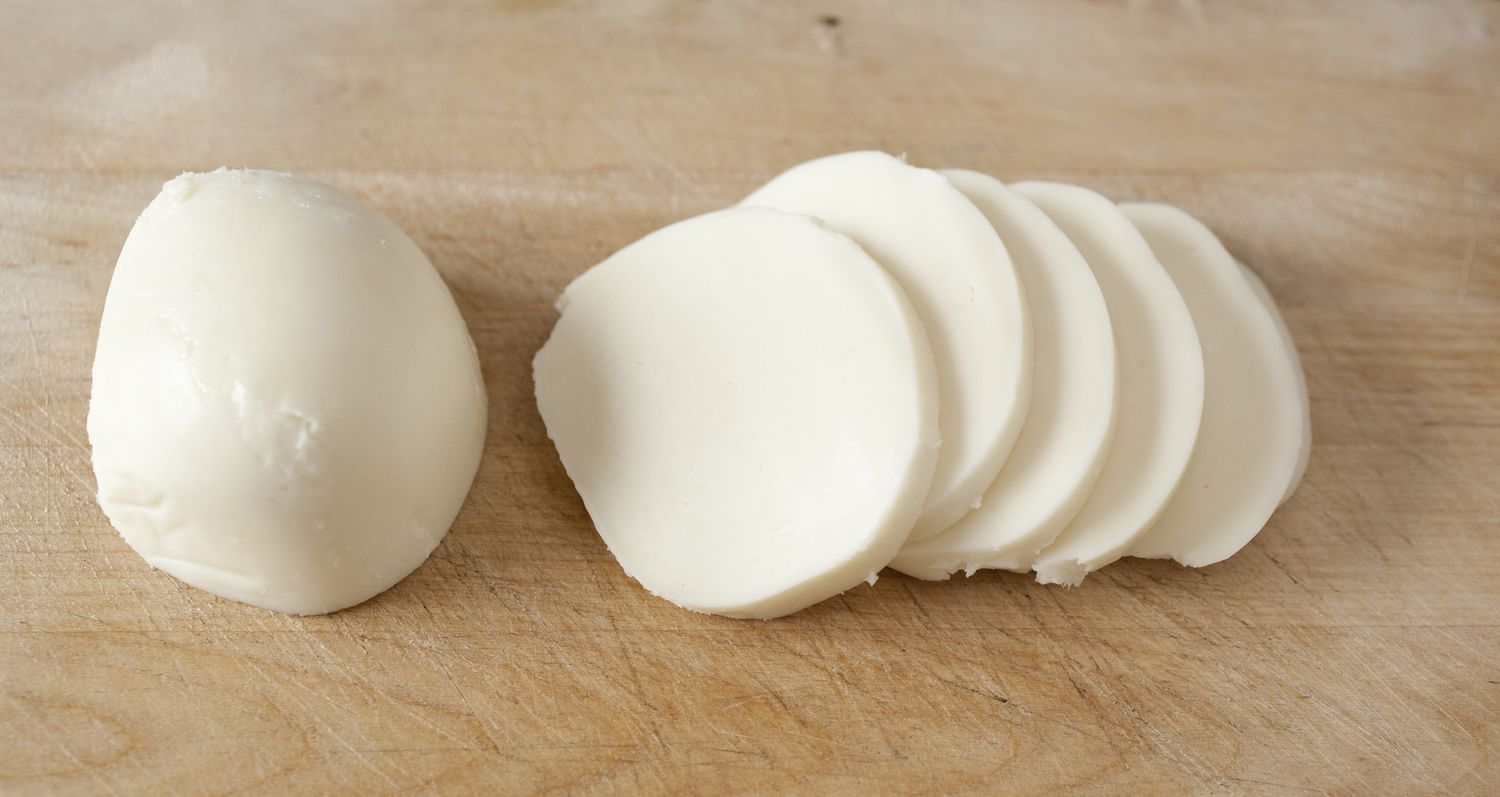

Articles
How To Store Opened Cream Cheese
Modified: December 7, 2023
Learn the best way to store opened cream cheese with these helpful articles. Keep your cream cheese fresh and ready for use with our expert tips.
(Many of the links in this article redirect to a specific reviewed product. Your purchase of these products through affiliate links helps to generate commission for Storables.com, at no extra cost. Learn more)
Introduction
Cream cheese is a beloved ingredient that adds a creamy and decadent touch to various recipes. Whether it’s spread on a bagel, used in cheesecakes, or incorporated into savory dishes, cream cheese is a versatile ingredient that enhances the flavors of many dishes.
However, once you’ve opened a package of cream cheese, it’s important to store it properly to maintain its freshness and prevent it from going bad. Improper storage can lead to spoilage, reducing the quality and taste of the cream cheese.
In this article, we’ll discuss the importance of storing opened cream cheese correctly and provide you with some helpful guidelines and tips to help extend its shelf life. Whether you’re a cooking enthusiast or a casual cream cheese consumer, understanding how to store opened cream cheese can help you enjoy its creamy goodness for longer.
Key Takeaways:
- Properly storing opened cream cheese is crucial to maintain its flavor and safety. Refrigerate promptly, use airtight containers, and handle with clean utensils to enjoy its creamy goodness for longer.
- Freezing excess cream cheese can extend its shelf life, but be mindful of texture changes. Always check for spoilage before using thawed cream cheese to ensure safety and quality.
Read more: How To Store Cream Cheese Frosting
Why Proper Storage of Opened Cream Cheese is Important
Proper storage of opened cream cheese is essential for several reasons. Firstly, it helps to maintain the quality and flavor of the cream cheese. When exposed to air and improper storage conditions, cream cheese can quickly develop a sour taste and a grainy texture. This can significantly diminish the enjoyment of using cream cheese in your favorite recipes.
Furthermore, proper storage also prevents the growth of harmful bacteria, such as Listeria and Salmonella, which can thrive in room temperature and moist environments. Consuming contaminated cream cheese can lead to foodborne illnesses, which can cause symptoms like nausea, stomach cramps, and even more severe complications in vulnerable individuals.
By storing opened cream cheese correctly, you can minimize the risk of foodborne illnesses and enjoy the creamy delight of this beloved ingredient without worry.
General Guidelines for Storing Opened Cream Cheese
Follow these general guidelines when storing opened cream cheese to ensure its freshness and quality:
- Refrigerate promptly: Cream cheese should be refrigerated as soon as possible after opening. Leaving it out at room temperature for an extended period can promote bacterial growth and spoilage.
- Use airtight containers: Transfer the opened cream cheese into an airtight container to prevent air exposure, which can cause it to dry out and develop an off-flavor.
- Label the container: It’s a good practice to label the container with the date of opening. This will help you keep track of its freshness and avoid using it past its expiration date.
- Keep away from strong odors: Cream cheese can easily absorb odors from other foods in the fridge. Store it in a separate container or wrap it tightly in plastic wrap to prevent any unwanted flavors and aromas.
- Store in the coldest part of the fridge: Place the cream cheese in the coldest part of your refrigerator, usually the back of the bottom shelf. This will help maintain a consistent temperature and prevent fluctuations that can affect its quality.
- Do not store near the freezer or fridge door: The temperature near the freezer or fridge door tends to fluctuate more, which can lead to uneven cooling and affect the cream cheese’s texture and taste.
- Handle with clean utensils: When scooping or spreading cream cheese, make sure to use clean utensils to prevent cross-contamination with bacteria from other foods.
By following these general guidelines, you can ensure that your opened cream cheese remains fresh, flavorful, and safe to consume for an extended period.
Refrigerating Opened Cream Cheese
Refrigeration is crucial for preserving the quality and freshness of opened cream cheese. Here are some specific steps to follow when refrigerating your cream cheese:
- Transfer to an airtight container: Once opened, transfer the cream cheese into an airtight container to protect it from air exposure, which can cause it to dry out and develop an off-flavor. Make sure the container is clean and dry before transferring the cream cheese.
- Seal the container tightly: Ensure that the container is securely sealed to prevent any air from entering and contaminating the cream cheese.
- Label the container: It’s a good practice to label the container with the date of opening to keep track of its freshness. Cream cheese is typically safe to consume for one to two weeks after opening, but it’s always a good idea to check for any signs of spoilage before using it.
- Store in the refrigerator: Place the sealed container of cream cheese in the coldest part of your refrigerator, such as the back of the bottom shelf. The temperature should be consistently between 35-40°F (1-4°C). Avoid placing the cream cheese near the freezer compartment or fridge door, as these areas tend to experience more temperature fluctuations.
- Keep away from strong odors: Cream cheese can easily absorb odors from other foods in the fridge. Store it separately or wrap it tightly in plastic wrap to prevent any unwanted flavors.
- Handle with clean utensils: When using the cream cheese, make sure to use clean utensils. Avoid double-dipping or using utensils that have come into contact with other foods to prevent bacterial contamination.
Remember to regularly check the cream cheese for any signs of spoilage, such as mold growth, off-smell, or unusual texture. If you notice any of these signs, it’s best to discard the cream cheese to avoid any foodborne illnesses.
Store opened cream cheese in an airtight container in the refrigerator. Make sure to use it within 10-14 days for the best quality and flavor.
Freezing Opened Cream Cheese
If you find yourself with an excess amount of opened cream cheese that you won’t be able to consume before it spoils, freezing can be a viable option. Here are some steps to freeze opened cream cheese:
- Divide into portions: If the cream cheese is in a large block or tub, consider dividing it into smaller portions. This allows for easier thawing and using only the amount you need without having to defrost the entire package.
- Wrap tightly: Individually wrap each portion of cream cheese tightly in plastic wrap or aluminum foil. Make sure to eliminate any air pockets to prevent freezer burn.
- Place in a freezer bag: After wrapping each portion, place them in a resealable freezer bag. Squeeze out any excess air and seal the bag tightly.
- Label and date: It’s important to label the freezer bag with the date of freezing. Cream cheese can be stored in the freezer for up to two months, so it’s crucial to keep track of its freshness.
- Store in the freezer: Place the sealed bag of cream cheese in the coldest part of your freezer, away from items that may cause it to become crushed or damaged.
- Thawing: When you’re ready to use the frozen cream cheese, transfer it to the refrigerator and let it thaw overnight. Avoid thawing at room temperature, as this can lead to an uneven texture and loss of flavor.
Once thawed, the texture of cream cheese may become slightly grainy. However, it should still be suitable for use in recipes that require blending or baking. It is not recommended to freeze cream cheese that has already been mixed with other ingredients, as this can impact its texture and quality.
Note that freezing cream cheese may alter its texture slightly, making it less suitable for spreading. However, it can still be used in recipes like cheesecakes, dips, and sauces where the texture is less critical.
It’s important to keep in mind that while freezing can extend the shelf life of cream cheese, the quality may diminish over time. Always check for any signs of spoilage, such as mold growth or an off smell, before using thawed cream cheese.
Read more: How To Store A Bagel With Cream Cheese
Other Tips for Storing Opened Cream Cheese
In addition to refrigerating and freezing opened cream cheese, there are a few more tips to keep in mind to ensure optimal storage and freshness:
- Use a clean knife or spoon: When scooping or spreading cream cheese, make sure to use a clean utensil each time. Avoid using your fingers or utensils that have come into contact with other foods, as this can introduce bacteria and lead to spoilage.
- Do not store at room temperature: Cream cheese should never be left at room temperature for an extended period. It is highly perishable and can spoil quickly if not properly refrigerated.
- Avoid significant temperature fluctuations: Fluctuations in temperature can affect the texture and quality of cream cheese. Try to minimize opening and closing the refrigerator door frequently to prevent temperature fluctuations.
- Check for signs of spoilage: Before using cream cheese, always inspect it for any visible signs of spoilage, such as mold growth, discoloration, or an off smell. If you notice any of these signs, discard the cream cheese immediately.
- Use within the recommended timeframe: While cream cheese can generally be safe to consume for one to two weeks after opening, it’s always best to follow the specific expiration date mentioned on the packaging. Using cream cheese beyond its recommended storage timeframe can increase the risk of foodborne illnesses.
By following these additional tips, you can ensure that your opened cream cheese remains fresh, safe to consume, and maintains its optimal taste and texture.
Conclusion
Proper storage of opened cream cheese is essential to maintain its freshness, quality, and safety. By following the guidelines outlined in this article, you can ensure that your cream cheese stays flavorful and safe to consume for longer periods.
Refrigerating opened cream cheese in an airtight container, away from strong odors and in the coldest part of the fridge, will help prevent spoilage and maintain its creamy texture. Freezing opened cream cheese in portioned amounts can also be a viable option to extend its shelf life.
Remember to handle cream cheese with clean utensils, regularly check for signs of spoilage, and use it within the recommended timeframe. These practices will help minimize the risk of foodborne illnesses and ensure that you enjoy the creamy goodness of cream cheese in your recipes.
So, whether you’re topping your bagels, creating delicious cheesecakes, or adding a creamy touch to savory dishes, knowing how to properly store opened cream cheese is key to unlocking its full potential and maintaining its freshness.
Take the necessary steps to store your cream cheese correctly and savor its delightful flavor whenever you use it. By doing so, you can continue to enjoy this versatile ingredient and elevate your culinary creations.
Frequently Asked Questions about How To Store Opened Cream Cheese
Was this page helpful?
At Storables.com, we guarantee accurate and reliable information. Our content, validated by Expert Board Contributors, is crafted following stringent Editorial Policies. We're committed to providing you with well-researched, expert-backed insights for all your informational needs.















0 thoughts on “How To Store Opened Cream Cheese”